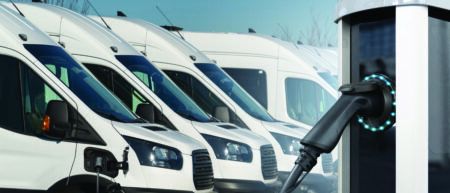To celebrate E&HVTI reaching its 30th birthday, the magazine’s launch editor Graham Johnson tells us what changed him from an avowed petrol head to an EV evangelist, and why it’s important to protect the progress EVs have made over the past three decades
Thirty years ago, I despised the idea of giving up my petrol addiction. In 1995, I was a young motoring journalist who’d recently started at the then-publisher of E&HVTI. One of my first jobs at that company was to sub-edit and proofread every word of what was in the launch edition of this publication. I’ll be honest: that task both bored me (I wanted to be driving and writing about cars, not correcting others’ work), and irritated me.
Raised in the UK, 30 years ago, EVs were synonymous with milk floats – dairy-produce-delivering vehicles whose whirring could be used as an alarm clock for early risers across the country. Electric power was dull and electric-powered vehicles were so very slow. The fact that by working on this publication I was effectively helping promote electricity as a vehicle propellant felt like cheating on my first love. I hankered after a VTEC-clad Honda, a V8 Ferrari, or a flat-six motor from Stuttgart, not the whine of an electric motor fuelled by batteries providing a 60-mile range. Windows down, foot to the floor, and enjoy the internal combustion-made music. That was the dream.
Today, I currently own three EVs and over the last decade, I’ve purchased three BMW i3s, a Tesla Model S, a Jaguar I-Pace, a couple of hybrid BMW sedans, a couple more VW hybrid hatchbacks, and… well, you get the picture: nowadays I rather like electrically powered cars.
So, what changed? In all honesty, beneficial government tax incentives first attracted me to EV ownership. There was a time in the UK when one could own an EV as an employee benefit, and you’d pay absolutely nothing for the privilege of doing so. Even today, so-called company-car tax in Britain is incredibly low. But living with my first EV – one of the aforementioned BMW i3s – taught me that electric vehicles had so much more to offer than simply being a cheap ownership proposition.
Let’s look at the advantages of EVs over ICE vehicles. Great packaging. Instant throttle response. Pre-heating or cooling cabins before a journey. The convenience of ‘refuelling’ at home. Perfecting the art of one-pedal driving. Power: typically, lots and lots of power. And I love the fact that there is no need to wait for an engine to warm up before I can access that speed.
Disadvantages 30 years on? I genuinely do not think there are any roadblocks to EV ownership. I do not subscribe to range-anxiety as a ‘thing’ in 2025. I’ll confess that I still have access to petrol-fuelled cars, but nine times out of 10, I’ll go straight for the electric car (see above as to the reasons why). I don’t travel more than 150 miles in one drive more than once or twice a year, so range isn’t a factor, and so the only thing I miss when in an EV is the noise of a great IC exhaust, but even then, the sound synthesisers in my Mini Cooper SE provide great entertainment. Moreover, unlike any petrol-engined vehicle, I can tune the car to silent when I’m not in the mood for noise. Choice. Nice. Then there are the as-yet untapped opportunities of bi-directional charging to be discovered and enjoyed.
But let’s not ignore the US President Trump in the room. I believe the words were, “Beautiful, clean coal.” He also said of EVs that America, “will not sabotage its own industries.” There may well be a number of indisputable advantages of electric over ICE cars, but I suspect less people will now have the opportunity to sample them.
Now this not the time to slam on the brakes of EV development. Are battery electric vehicles the best solution for the future? Possibly not because let’s face it, you need to dig a lot of holes in the planet to access the required rare-earth materials. However, if we turn back the clock to 1995, we’ll halt progress. Halting progress means humans will take a step back further from whatever future possibilities could be discovered. As someone who is proud of the fact that I have embraced change over the last 30 years, that fact saddens me greatly.
Thankfully, as consumers we still seem to be moving in the right direction. Globally sales of EVs and PHEVS rose 25% to 17 million in 2024, and at the time of writing a total of 1.26 million EVs were sold in the world in January 2025, 18% higher than the same time last year. This is encouraging and shows that for most people, when it comes to their cars they like the technology to be moving in the same way as the vehicles themselves: forwards.





